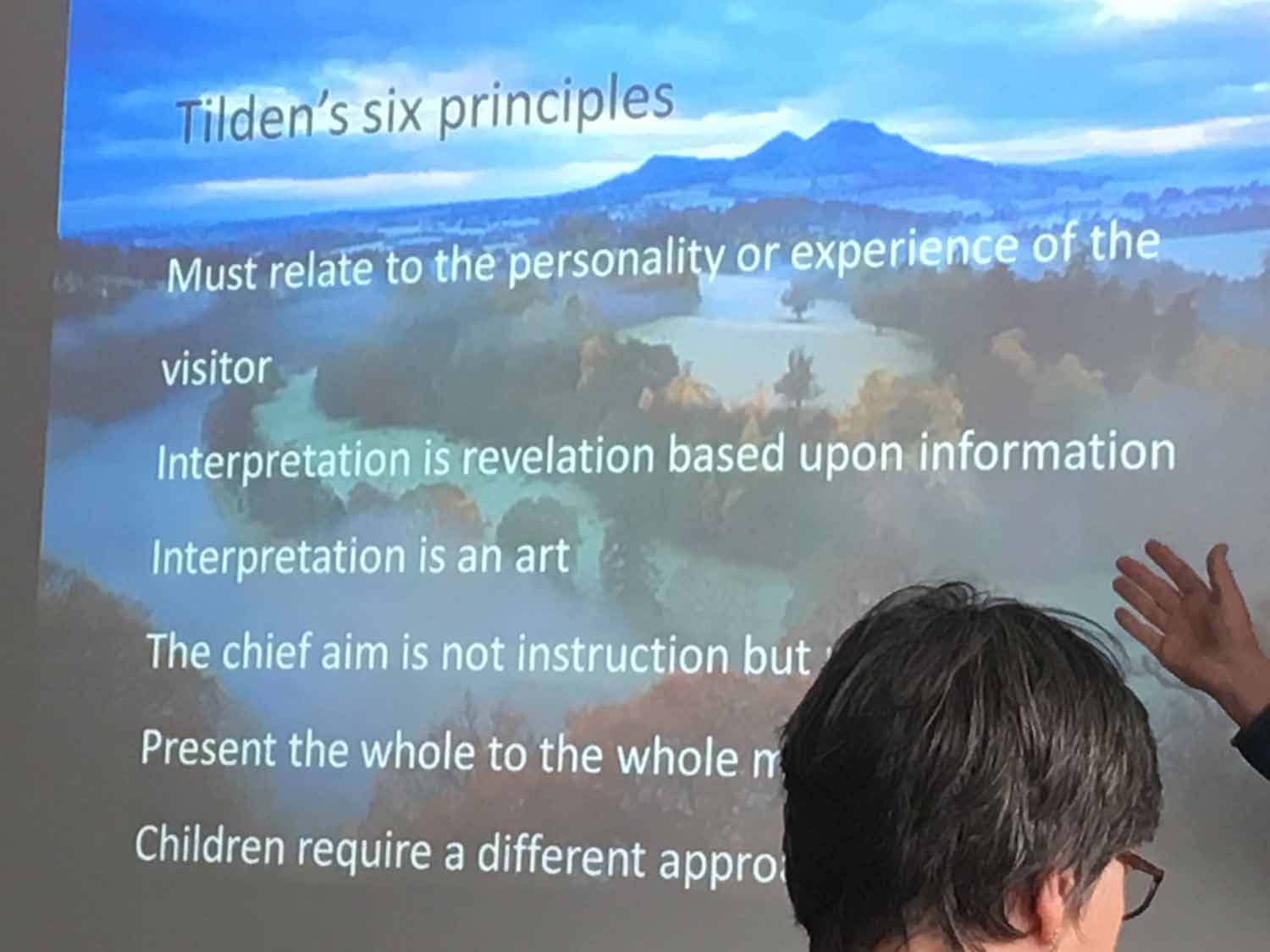I have written a text to be published on 'Extended', a blog that showcases contemporary approaches to drawing. The text summarises what matters to me in drawing. Here it is.
Drawing has always been intriguing for me. To experience the process of its making can be more important than its end product. Letting line textures develop on the paper allows me to find out something that has to do with the very moment, its place and situation and with myself. Observational drawing is particularly interesting because a relationship between the visual environment and the emerging drawing develops and in this process, hand movements of pencil on paper, the movements of my observing eyes, and my thoughts and feelings all become synced. As I weave to and fro between drawing and observing, my eyes gain experience orientating themselves within the seen scenario, gaining feedback from the drawing as it develops to be a document of its own making, even referencing its own self. Using pencil and paper to connect to the here and now is a pretty perfect way of being! It is a process that can have a balancing, re-calibrating effect on me.
I have made drawings to help me figure things out, to think about something or to guide my imagination. I might draw an upside-down body shape leaning against a wall to understand a specific kind of handstand that I want to learn. As a student, I tried to draw the inside of the oil stove that I had dismantled because it had stopped working and my room was getting colder. My studies in Fashion and Design and later my work in Illustration allowed me to have daily reasons to draw out of necessity and for a reason.
I am now interested in exploring the correlation between line movement on paper and the linear movement created by myself running outside over land. The many common features between both processes inspire my work: Line movement on paper grows into a drawing, and the movement of my body, whilst running outside, a gesture or a running journey, grows into an experience and performance. Both processes are improvisational, both have movement at their core, each time, developing a pathway forward where the touching of surfaces creates an experience that is not only visual but also haptic and physical. Each drawing/running journey connects to previous such journeys, and adds to the body of experiences facing forwards or backwards in time or in no direction whatsoever.
The running experience is physical, has wind, rain, mud, memories, exhaustion, thoughts and shouted words to the passing hillwalker in it. The drawing experience is physical too, asking endurance from the hand, demands for patience, it draws out memories of drawings past, and, like the footsteps in running, it generates the acoustic sounds of its making. In both processes, movement means that two actors touch each other, pencil and paper, body and land, and in doing so, they come to resonate from each other, creating a ‘voicing’ of their interaction.
I make drawings on different surfaces. I draw on sheets of paper which I then connect to wider drawing environments in the form of a work book or the walls or floors of a studio space. When I go on runs outside, aspects of our bodies’ exposure, vulnerability, endurance and adaptability come to the fore and inform the next movements ahead. I install textile lines in the three-dimensionality of outdoor places, where the running journey gets me to. The wind moves the lines and generates sounds, and I can move myself entangled in such lines to create new line textures, responding to the physical feedback from line and land.
I am wondering how working and moving in these different physical territories, on paper, inside, and outside on and with the land can create meanings that speak of our ways of being with land, with ourselves, our journeys. The gaps that remain between indoors and outdoors, between drawings on conventional drawing supports and with body on land are essential parts of the work.


































